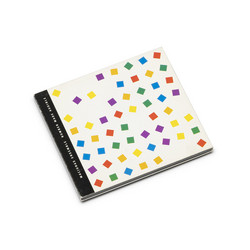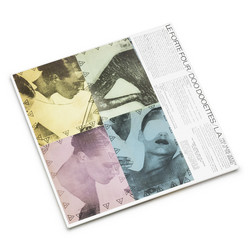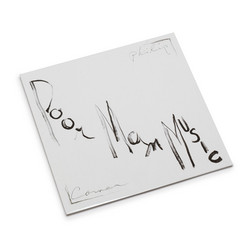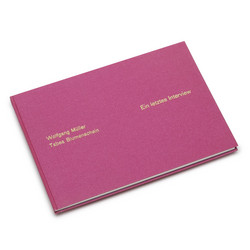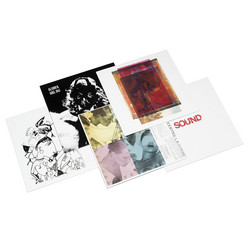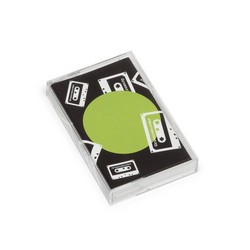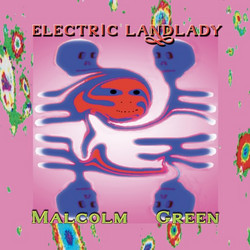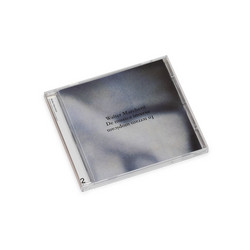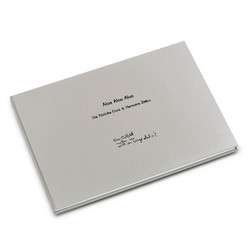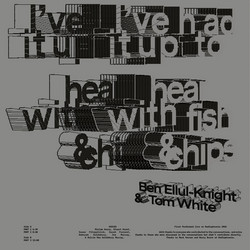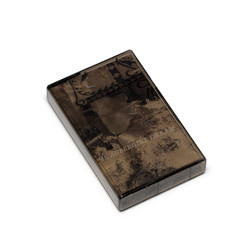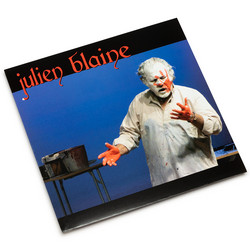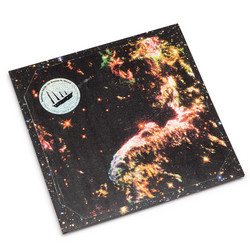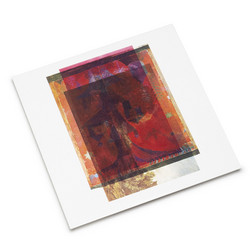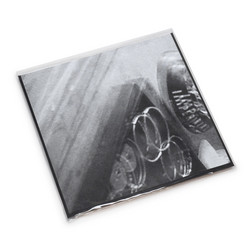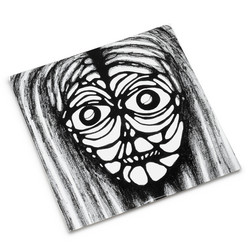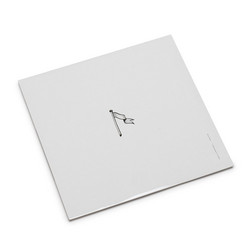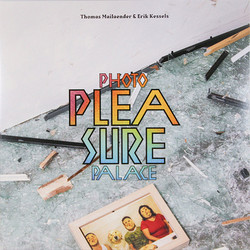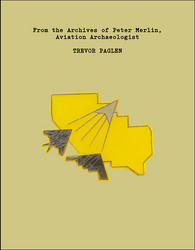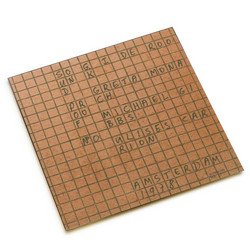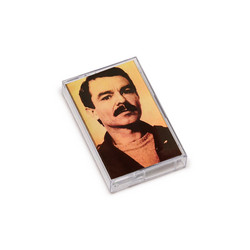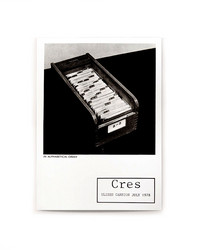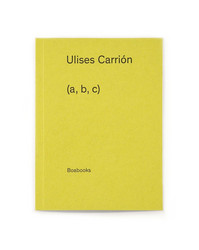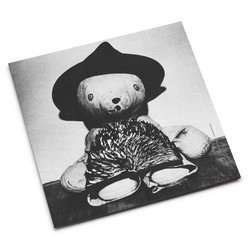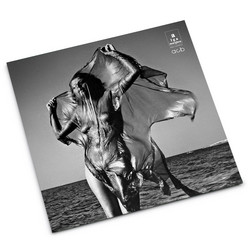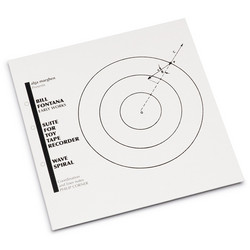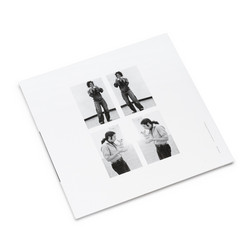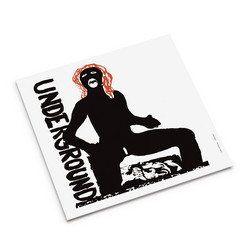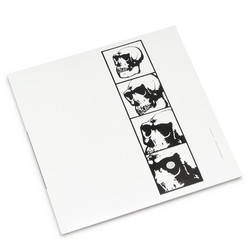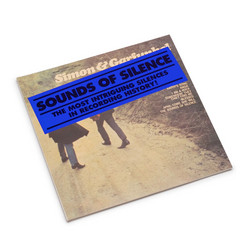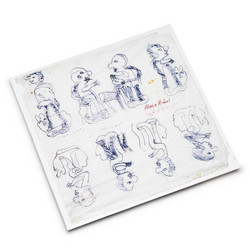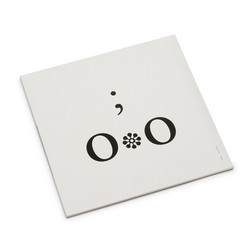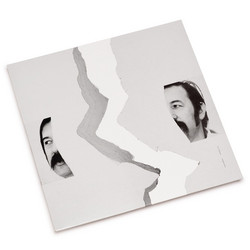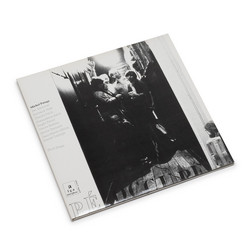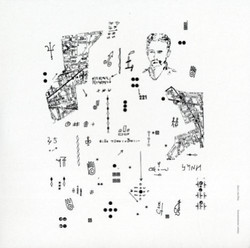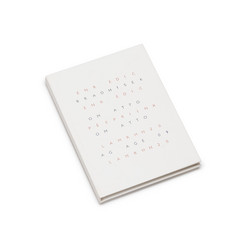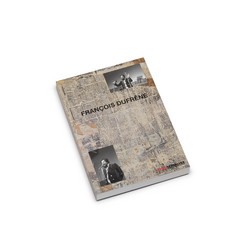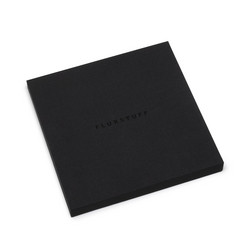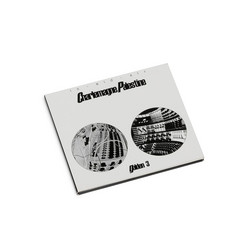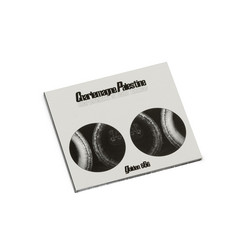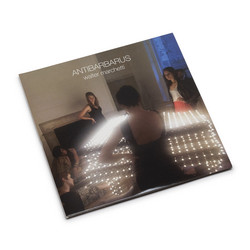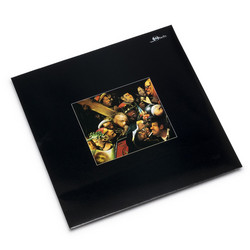A key figure in Mexican conceptual art, Ulises Carrión (1941 – 1989) was an artist, editor, curator, and theorist of the post-1960s international artistic avant-garde. This book and CD, issued in collaboration with the Museum Reina Sofia in Madrid within the context of Carrion large retrospective, is focused on Ulises Carrión’s personal and groundbreaking approach managing to illustrate all aspects of his artistic and intellectual work. This includes books, magazines, videos, films, sound pieces, mail art, public projects, and performances, along with Carrión’s initiatives as curator, editor, distributor, lecturer, archivist, art theorist, and writer. It is a significant body of original work structured so as to place a spotlight on every facet of his production. Without losing sight of the unclassifiable nature of his oeuvre, this book emphasizes Ulises Carrión’s constant search for new cultural strategies and the extent to which his projects were determined by two fundamental themes: structure and language. These represent artistic guidelines influenced by a literary education, which he invariably struggled against, and are pervasive in his work. This duality corresponds to the exhibition title “Dear reader. Don’t read” which illustrates his ambiguous relation to literature, a recurring theme in his work.
Due to his interest in new art forms and innovative trends, he actively participated in most of the artistic disciplines of his time. He cofounded the independent artist-run space In-Out Center in Amsterdam and founded the legendary bookshop-gallery Other Books and So (1975–79), the first of its kind dedicated to the presentation, production, and distribution of publications that were no longer literary texts nor about art, but rather books that were art or, as Carrión himself called them, “non books, anti books, pseudo books, quasi books, concrete books, visual books, conceptual books, structural books, project books, statement books, instruction books”.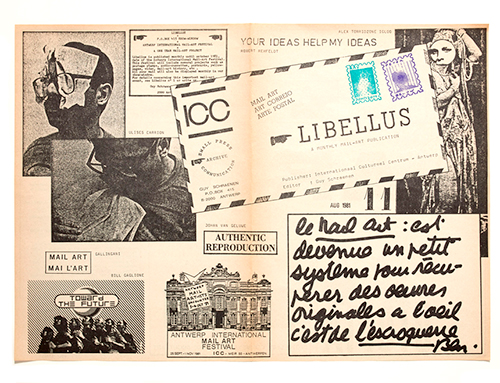
Along with his artistic activities, Ulises Carrión developed a wide range of theoretical work having a great influence on young visual artists. It is fascinating to see that Ulises Carrión’s theories are seemingly precursors to more recent art theories of the twenty-first-century digital world. During his most creative artistic period he participation in the international mail art network which Carrión considered a kind of guerilla strategy.
